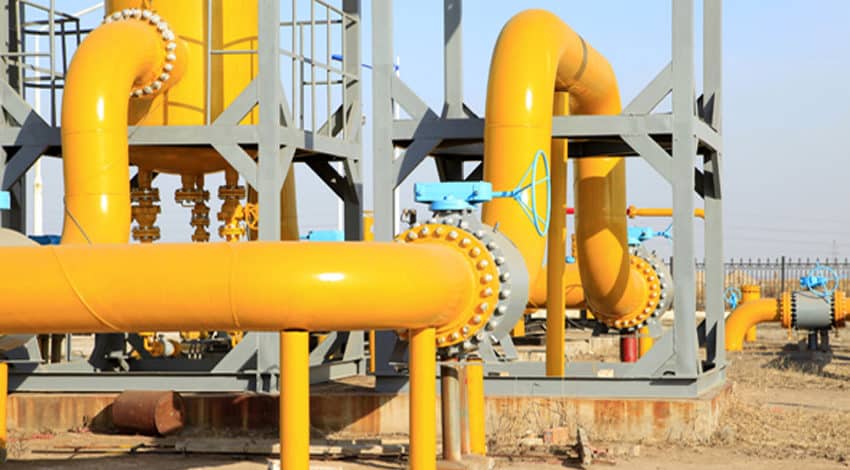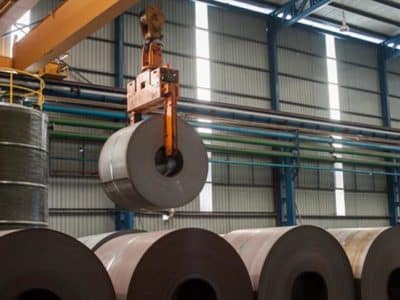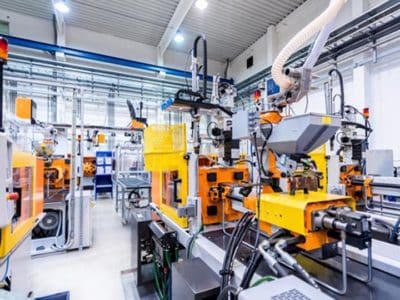Project Detail
Core Responsibilities of Contractors Painting Pipelines
In a typical factory setting, pipelines are among the core components used for facilitating different aspects of the manufacturing process. There is always a need for maintaining and repairing these items frequently. It enables them to stay in right shape, which increases efficiency and performance. Painting pipelines is one of the best maintenance and performance improvement measures in a factory. However, when seeking services of painting contractors for such a project, it’s necessary to understand their specific roles. So the primary roles of these contractors in such projects include the following;
Cleaning and preparing surfaces – It is the responsibility of the painting contractor to ensure all the pipeline surfaces are ready for painting. This involves cleaning using a wide range of applicable means depending on the nature of the surface material. Afterward, the painter goes ahead to prepare the surface using either abrasive or non-abrasive methods. The whole process involves the removal of previous coating by masking, chemical rinse, or grit blast. And lastly, they will clean the surface to remove any remaining debris or deposits.
Paint preparation – It is also the core responsibility of the contractors to prepare suitable paints ideal for painting pipelines. In this case, they know the right type and quality of paint to use also depending on the product the pipeline conveys. They use various tools such as viscosity cups, thickness gauges, and gloss gauges to measure the right quality and quantity of paint. Notably, these measuring tools, among others, enable them to determine the make-up of the paint. The painting contractor for this project also applies their chemistry knowledge to mix numerous compounds for the task.
Paint application – This is the core role of the contractor painting pipelines. It is the actual visible task of this professional. Painting these components can present a fair share of challenges depending on the location, size, and elevation. Nonetheless, at the end of it, what the client requires is a quality job on the pipelines. Therefore, the painter has to be creative and professional to provide desirable results. Of course, different painters will apply varied techniques depending on the nature of the task. The bottom line, however, is that you choose the best method as a painter, which offers the best results.
Cleaning working areas – It is also the responsibility of the painter to ensure the site is thoroughly cleaned after painting pipelines. While at it, safety measures must be adhered to according to the regulatory body policies. Additionally, the contractor is as well responsible for maintaining the equipment they use for painting pipelines. Of course, some of the machines and tools are sophisticated. Therefore, the painter must understand ways of troubleshooting the equipment in case of such challenges.
As you can see, these are some of the core responsibilities of an industrial painter. It is vital to ensure you carry out such tasks when handling critical industrial projects such as painting pipelines. In essence, it demonstrates the level of organization and professionalism in handling your tasks.






